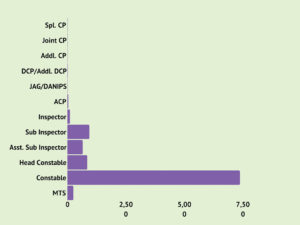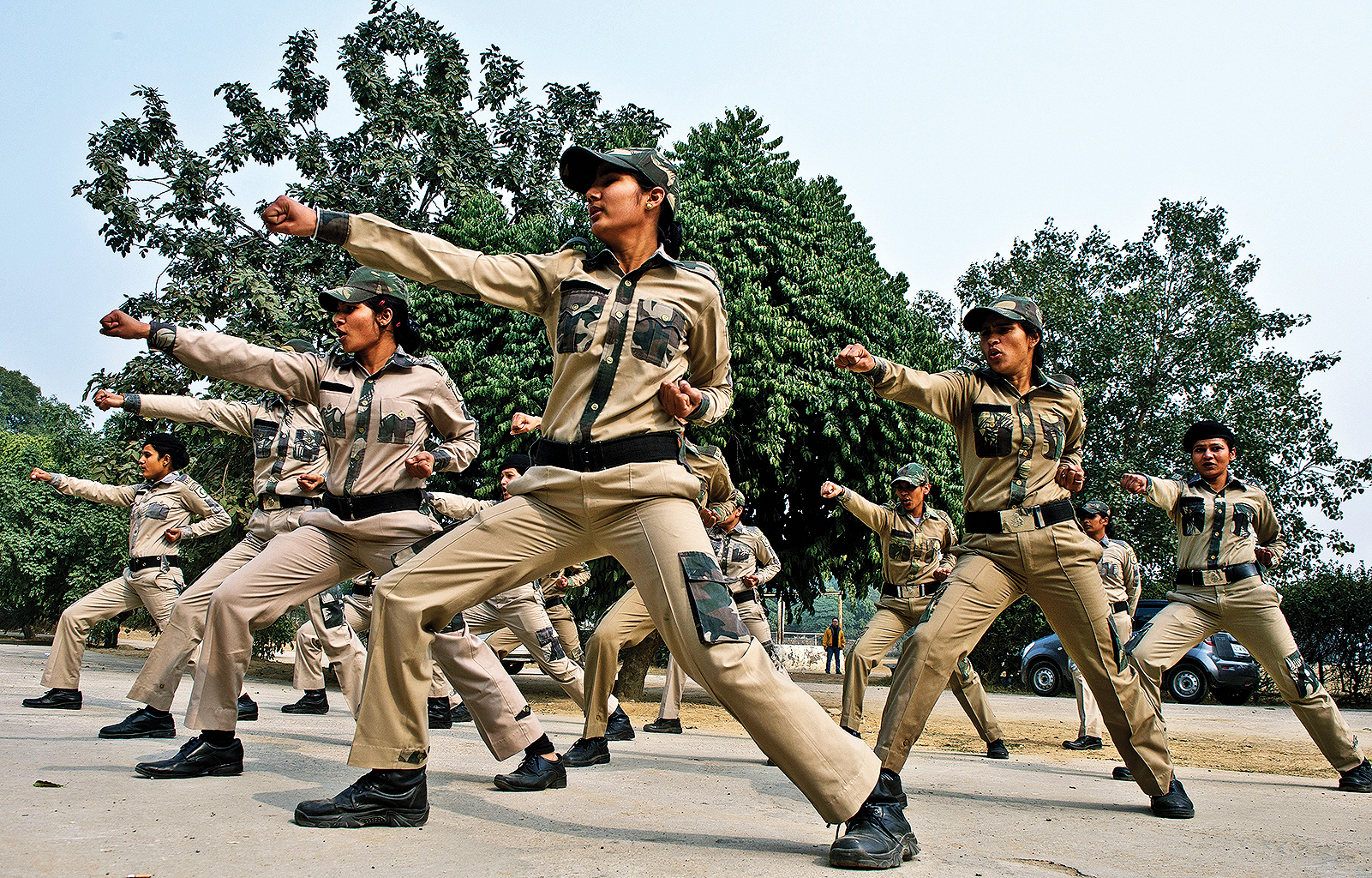In the bad press of Tis Hazari incident, two women became the example of good cops. They are no damsel in distress
Sarita* was just over 18 years old when one application changed the course of her life. Daughter of a farmer in Rajasthan’s Alwar, she says her father made sure she and her four elder sisters were given education. “He wanted us to become someone and seeing him struggle, I wanted to do something with my life. I thought teaching would be my career”. But then in 2012 a classmate at her JBT (Junior Basic Training course) class told her about a form she had filled for police recruitment.
“Before this I had never even thought about it”, she tells us as we meet at the Delhi Police Headquarters. The lanky woman says she didn’t know such an opportunity existed for women. It wasn’t for the respect that comes with being part of police force which was her goal, but that “This was a chance for me to get a government job and help my family”.

No one from her village, or even the three around it, Sarita tells us proudly, were in the police before she got through — becoming the first.
Another first was the former Delhi Police commissioner Kiran Bedi, who was the first woman IPS officer, whose name came up this month during an unprecedented protest on November 4 by thousands of Delhi Police personnel. The protest was born out of an incident on November 2 where a spat over a parking spot between a lawyer and police personnel, escalated into a riot-like situation at Tis Hazari Court.
The protesting cops demanded the case against their colleagues be dropped, and at the same time a few also chanted that the Commissioner of Police should be someone like former CP Bedi. She was known for her firm handling of wrongdoers, no matter how powerful — and more so perhaps remembered in this instance for the way she treated such a situation in 1988 when she was a DCP rank officer.
But she remains the only woman to become CP in Delhi. Presently there are two women officers of the Spl CP rank, two Joint CPs, 1 Addl CP and 8 DCP/ Addl DCP. In total, they total 10,184, which is 10% of the police force, leaving much more room for having an equal share of women.
Sarita herself hopes that girls would see people like her and be motivated to join the police themselves. From where she comes, the census points out that the literacy rate from 2011 for females was a lowly 56.25% compared to males, whose literacy rate was 83.75%. Back when Sarita would have joined the education system, the literacy rate of Alwar was even lower at 43.3% for females and males at 78.08%.

Addl PRO Anil Kumar Mittal says they get applications from all over India to join the police team. “They are always interested and apply in lakhs.” In Delhi Police, “Women are very much in the front line. They are part of field duties and one can see them in PCR vans, on bike patrols and so on…”
What brings us to notice them as individuals and not just part of the police force was the attack on DCP (North) Monica Bharadwaj on November 2. She and a handful of her staff were caught in the situation at Tis Hazari, as they rushed to the spot of the turmoil.
In the video gone viral, one can see her asking men in white and black to calm down, while the premises of the court and vehicle can be seen in flames. They can be seen paying no heed to her request for calm — instead they are storming her way, going on to physically attack her and her team.
A SIT probe has now been constituted to look into this incident, which includes Addl CP Vigilance, Dheeraj Kumar, DCP Suman Nalva and Spl CP (intelligence) Parveen Ranjan.
This incident brought to the forefront the abuse that women police personnel can be put through — DCP Bharadwaj had also alleged, according to reports, that the mob groped her along with beating her.
But they aren’t women in distress as these men would like it to be. Women in Delhi Police go through the same training as their male counterparts. Receiving complete combat training, weapons and explosive training with the Insas rifle, AK-47, pistols, and many more, and trained for crowd control with lathi charge, tear smoke.
Another police personnel we met, who hails from the North East, told us that she felt safer as a woman wearing a uniform. “When I’m wearing civil clothes, the way people look at me is very different. When I’m in my uniform they look at me respectfully”, she says while waiting to board the train at ITO, no male gaze troubling this woman in khaki.





